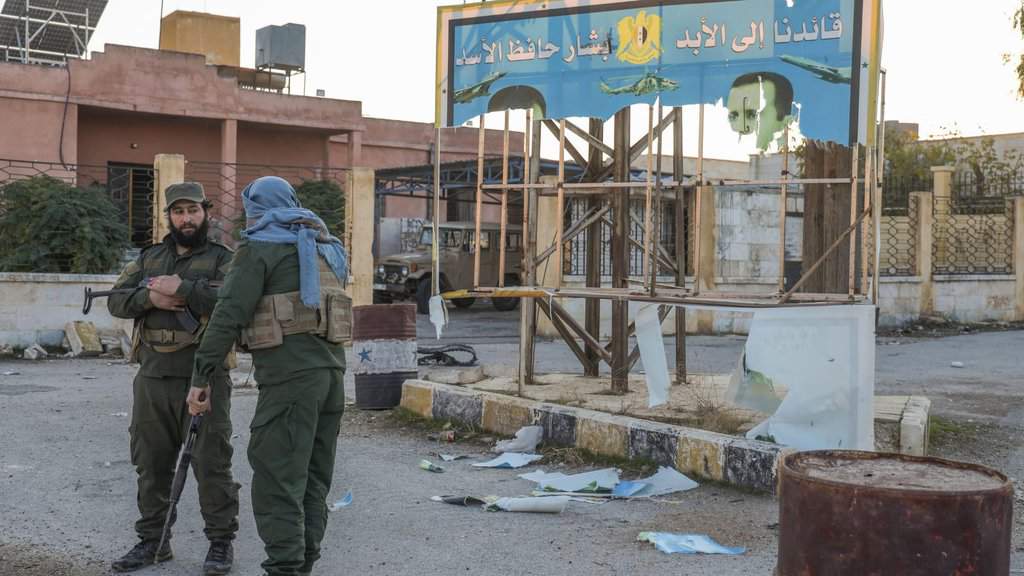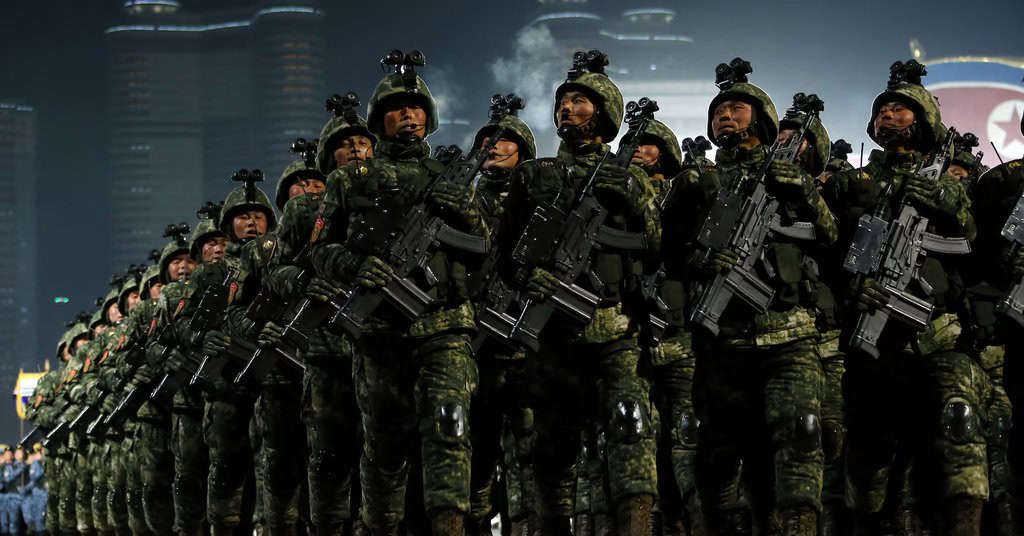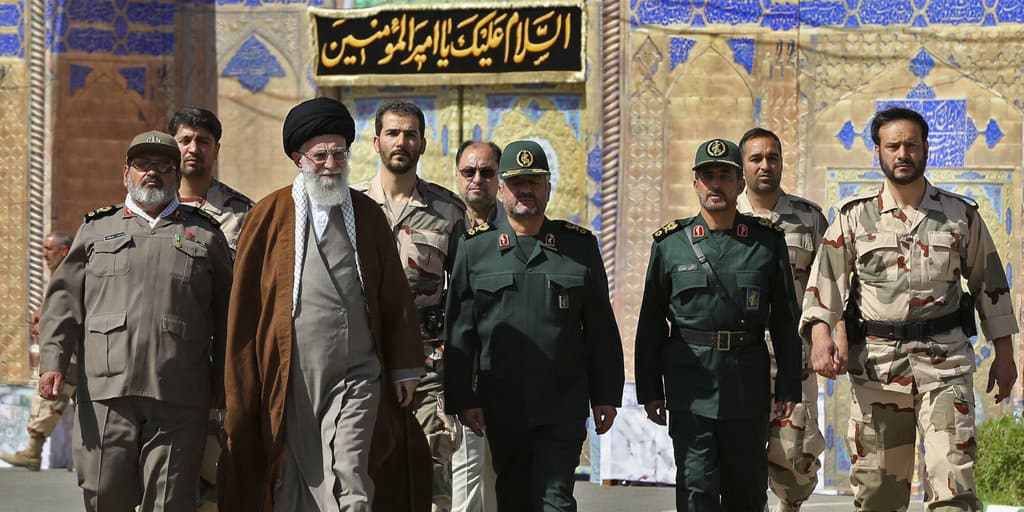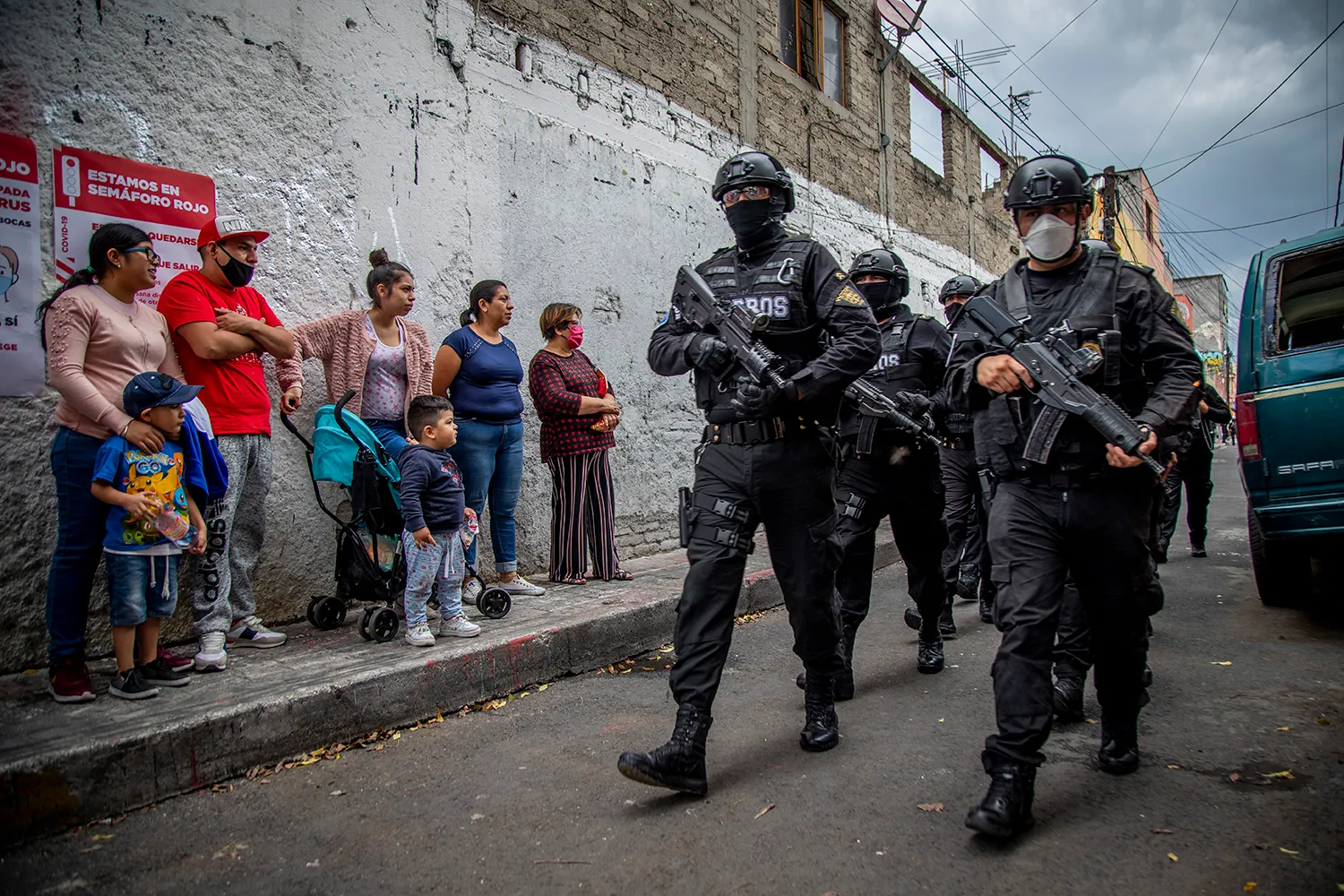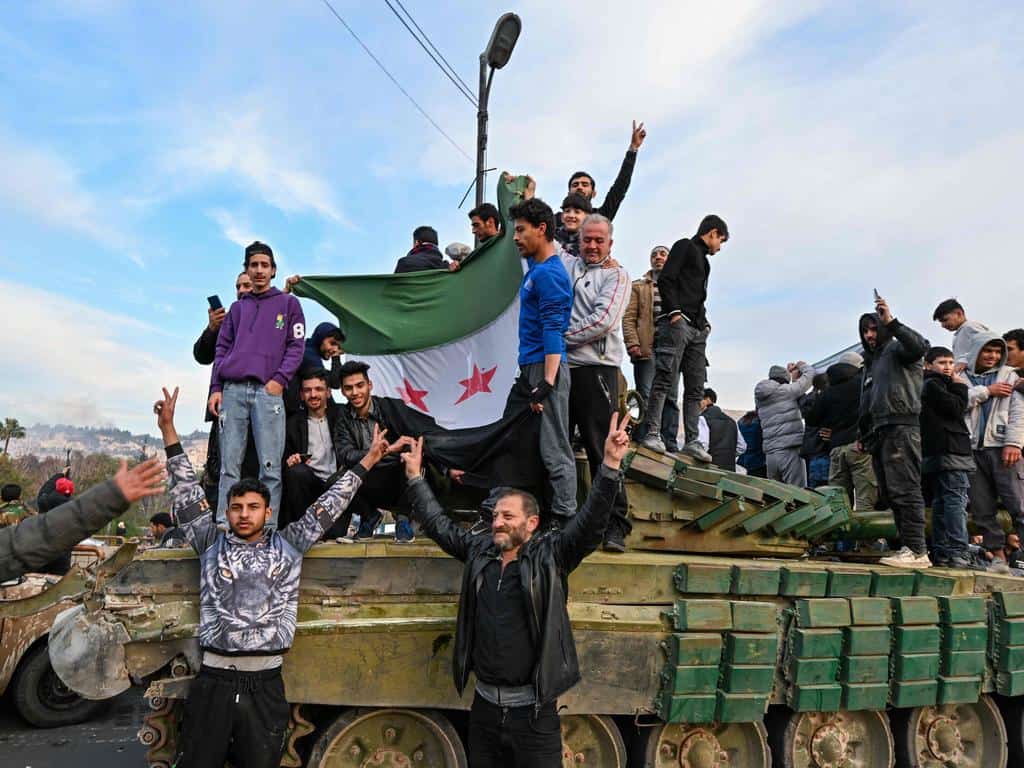Rebel forces launched an unprecedented assault on Syria’s government on Wednesday, marking the most significant offensive in years. By Sunday, fighters had seized key areas of Aleppo, Syria’s second-largest city, and were pushing toward the southern region of Hama. The surprise offensive led to the first Russian airstrikes on Aleppo since 2016 and prompted the Syrian military to pull back from the city.
The offensive is spearheaded by Hayat Tahrir al-Sham (HTS), an Islamist militant group with deep roots in Syria’s ongoing conflict.
Who is Hayat Tahrir al-Sham?
HTS originated in 2011 under the name Jabhat al-Nusra, aligned with Al Qaeda from its inception. The group’s early leadership included key figures such as Abu Bakr al-Baghdadi, who later became the head of the Islamic State (IS). Over time, Jabhat al-Nusra became one of the most formidable and deadly forces opposing President Bashar al-Assad’s government.
Initially driven by a jihadist ideology, the group’s objectives appeared to diverge from the broader Syrian rebel movement. In 2016, HTS’s leader, Abu Mohammed al-Jawlani, formally severed ties with Al Qaeda and rebranded the organization. A year later, HTS merged with other rebel factions, solidifying its position as the dominant power in the northwest.
The Situation in Syria
While much of Syria has been under Assad’s control for the past few years, parts of the country remain outside his grasp. Kurdish-majority regions in the northeast have operated autonomously since the early stages of the conflict. In the south, where protests against Assad’s regime began in 2011, sporadic unrest persists.
The Syrian desert remains a stronghold for remnants of IS, which continues to carry out attacks, particularly targeting people hunting truffles in the region. In the northwest, Idlib province remains a battleground. HTS has emerged as the de facto authority there, and its recent offensive on Aleppo has escalated tensions.
A Decade of Conflict
For years, the Syrian government’s military struggled to regain control over Idlib. A ceasefire in 2020, brokered by Russia and Turkey, has largely held, though instability remains. With over four million people living in Idlib—many displaced from other war-torn areas—the region has become a refuge for rebel groups.
Aleppo, once a key rebel stronghold, suffered immense devastation during the conflict. Assad’s forces were unable to maintain control over the city without substantial external support, relying heavily on Russian airstrikes and Iranian-backed militias, including Hezbollah.
Recent developments have further weakened Assad’s position. Israel’s increased strikes on Iranian military targets in Syria have disrupted key supply lines, affecting both Iranian-backed forces and Hezbollah. This strategic shift has left Assad’s military exposed, opening the door for HTS to make a bold push for Aleppo.
HTS’s Growing Influence
Since its split from Al Qaeda, HTS has focused on consolidating power within Idlib, where it governs as the local administration. Despite its efforts to establish legitimacy, the group has faced criticism for alleged human rights abuses and internal divisions with rival factions.
HTS’s ambitions have generally remained focused on establishing an Islamic state in Syria, rather than seeking broader regional dominance, as IS attempted. However, the recent offensive represents a dramatic shift, signaling HTS’s intention to reignite the conflict and challenge Assad’s control over large parts of the country.

